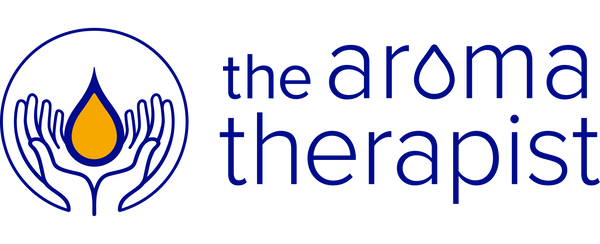
Here it is folks, by very popular demand; The Full Lowdown On GC-MS Testing
In the essential oil industry, deception is everywhere. Over the years there have been trickles of advice fed to therapists and consumers about how to protect themselves from being duped by adulterated, impure and inferior essential oils.
Back in the boom of MLM essential oils, the trend was“self-certification”; the idea that a company should be controlling their own testing and certification. That notion had pretty obvious flaws. It quickly became apparent that ‘certified pure tested grade’ and similar terms have little to no meaning when it comes to the quality of an oil.
Thus a new trend emerged; these days consumers are being told to demand GC-MS test results from their essential oil suppliers.
What is GC-MS?
GC-MS is an extremely complex process of first separating the molecules within an oil (GC) and then analyzing them to reach conclusions (MS). To learn more in-depth about GC-MS testing, read this article by The Tisserand Institute.
GC-MS testing has long been an analytical tool used in the larger trade of essential oils.
A GC-MS report identifies different constituents within a specified essential oil, and also tells us how much of each constituent is present (as a percentage). Because of the limitations of this type of test, it is pretty much always used in conjunction with other types of detection. In order for it to have any value, trained professionals are employed to translate and evaluate the information it provides.
To the average consumer, practitioner and even many essential oil suppliers, the results will merely show as a percentage of biochemicals present in the oil and provide little or no information that is actually relevant to their own decision making process in relation to quality, purity, value etc.. GC-MS cannot tell you if a given compound is natural or synthetic.
Batch Specific or Bust
Consumers believe they’re doing their due diligence by requesting and receiving the GC-MS results from their supplier. Now that consumers are frequently requesting GC-MS results, many suppliers are simply posting the “sheets” on their websites for you to easily download while you shop. How convenient, right?
It’s important to remember that GC-MS results are batch specific, in order for the results to be accurate, they must be for the specific batch of oil you will be receiving. A blanket GCMS posted on a supplier’s website may give an ‘example’ of that oil’s biochemical profile, but it gives no specific indications of the quality or purity of the oil you will be receiving.
The Nose Knows
For companies that trade heavily in essential oils and put stock in their quality & purity, the GCMS results are not the end all and be all of quality & purity. Don’t get us wrong, they’re an extremely powerful tool when interpreted by the correct people. But several other tests will be used, as well, to help determine the essential oils quality. GC-MS can give some help in determining the botanical source but not nearly as much as you would expect. It gives no indication of cultivation methods, whether or not the essential oil is organic and it can’t detect whether or not herbicides or pesticides are present. Most importantly it can’t determine whether all the aroma chemicals present are from a plant source or a synthetic source. GC-MS certification does not fill the same role as third party certification.
In the trade of essential oils the first test of an oil’s quality is by a trained ‘nose’. The oil is then put through a barrage of tests including GC-MS, but the last and final test, should there be any doubt, is once again from the trained ‘nose’. We should never neglect the power of training our own ‘nose’.
Go to your local health food store and spend a few minutes sniffing all the different brands. Can you smell a difference?
< /div>